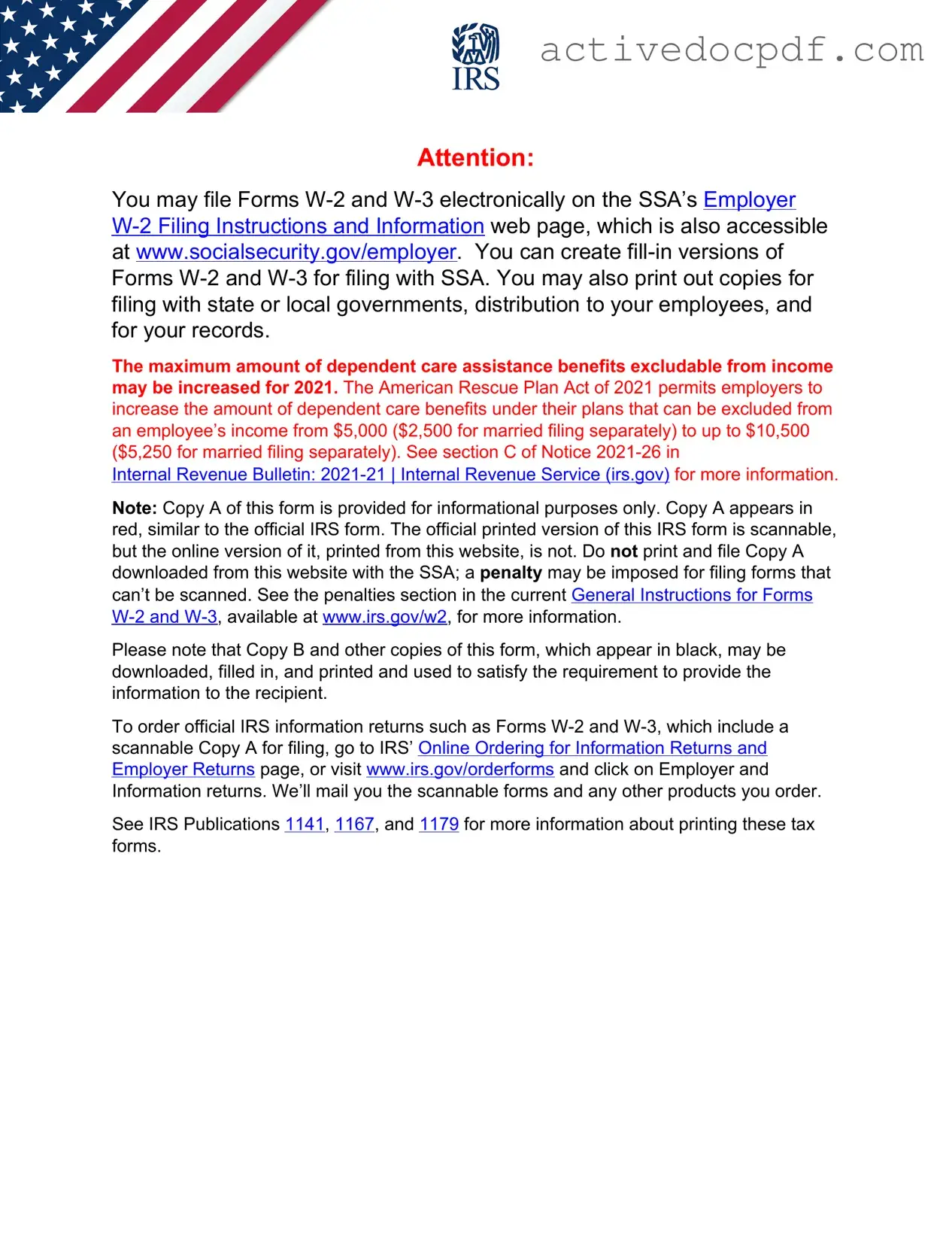The IRS W-2 form, also known as the Wage and Tax Statement, is a crucial document that employers must provide to their employees at the end of each tax year. This form summarizes an employee's annual wages and the amount of taxes withheld from their paycheck. It includes important information such as:
-
Employee's total earnings for the year
-
Federal income tax withheld
-
Social Security and Medicare taxes withheld
-
State and local taxes withheld, if applicable
Employees use the W-2 form to file their federal and state tax returns, making it essential for accurate reporting of income and tax obligations.
Employers are required to send out W-2 forms to their employees by January 31st of each year. This deadline ensures that employees have enough time to prepare and file their tax returns before the April 15th deadline. If you haven’t received your W-2 by early February, it’s a good idea to reach out to your employer’s payroll department to inquire about its status. Keep in mind that if you worked for multiple employers during the year, you should expect to receive a W-2 from each one.
If you notice any discrepancies on your W-2 form, such as incorrect personal information or wage amounts, it’s important to address them promptly. Here’s what you can do:
-
Contact your employer’s payroll department to report the error.
-
Request a corrected W-2 form, known as a W-2c.
-
Keep both the original and corrected forms for your records.
Having accurate information is essential for filing your taxes correctly and avoiding potential issues with the IRS.
Many employers now provide electronic access to W-2 forms, allowing employees to view and download their documents online. If your employer offers this option, you can usually log into your employee portal or HR system to retrieve your W-2. If you prefer a physical copy or if your employer does not provide electronic access, you can request a mailed version. Always ensure you have your W-2 before tax season to make filing as smooth as possible.
